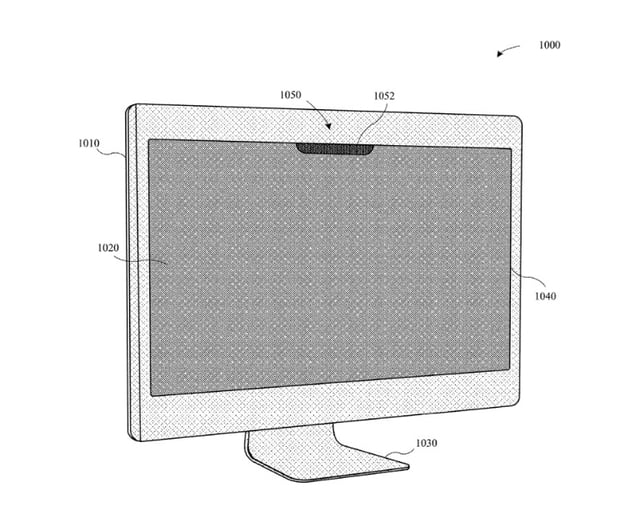Apple intends to bring the Face ID biometric authentication system introduced from the iPhone X into its line of Macs, including laptops and desktops.
According to AppleInsider, just as Touch ID started on the iPhone before coming to the iPad and MacBook Pro, and MacBook Air later, Face ID will also come to many Apple Mac models. design patent This is reflected in the MacBook that Apple is working on

The patent granted “Light Recognition Module to Identify Computer Device User” is primarily related to adding Face ID to the MacBook, although instead of those terms it continuously refers to the light recognition module and the laptop. The patent highlights how users store sensitive information and their ability to use them to perform complex tasks.
Apple states: “By performing complex functions, sensitive user-related data may be collected and/or stored by these computers. To prevent unauthorized access to this data by crooks. , computers can be associated with systems and mechanisms to identify users”.
According to Apple, because it has to operate within the device’s own confines, which has limited space, the authentication schemes show that it has a compact design without reducing the accuracy of user identification. To do this, the company will deploy a “light pattern recognition module consisting of a light emitter capable of projecting a predetermined pattern of light (e.g. an infrared light source) and a light detector. illuminator detects a light pattern due to the reflection of a predefined light pattern from an object (e.g. user)”.

The patent then goes into specifics on how the dot projector is used and how the results are processed. Based on the content that shows, Face ID on MacBook will have great development. Apple suggests that the Face ID module will reside in a partition, which could be “grooves, circles, ellipses, polygons, series of polygons, curves, or similar”.
Also, while the patent text is primarily laptop-related, one drawing shows the Face ID notch used in an iMac-style chassis. This shows that this technology could come to many different types of Macs. Patents are credited to six inventors, with four of these also listed in another iMac design-related patent
